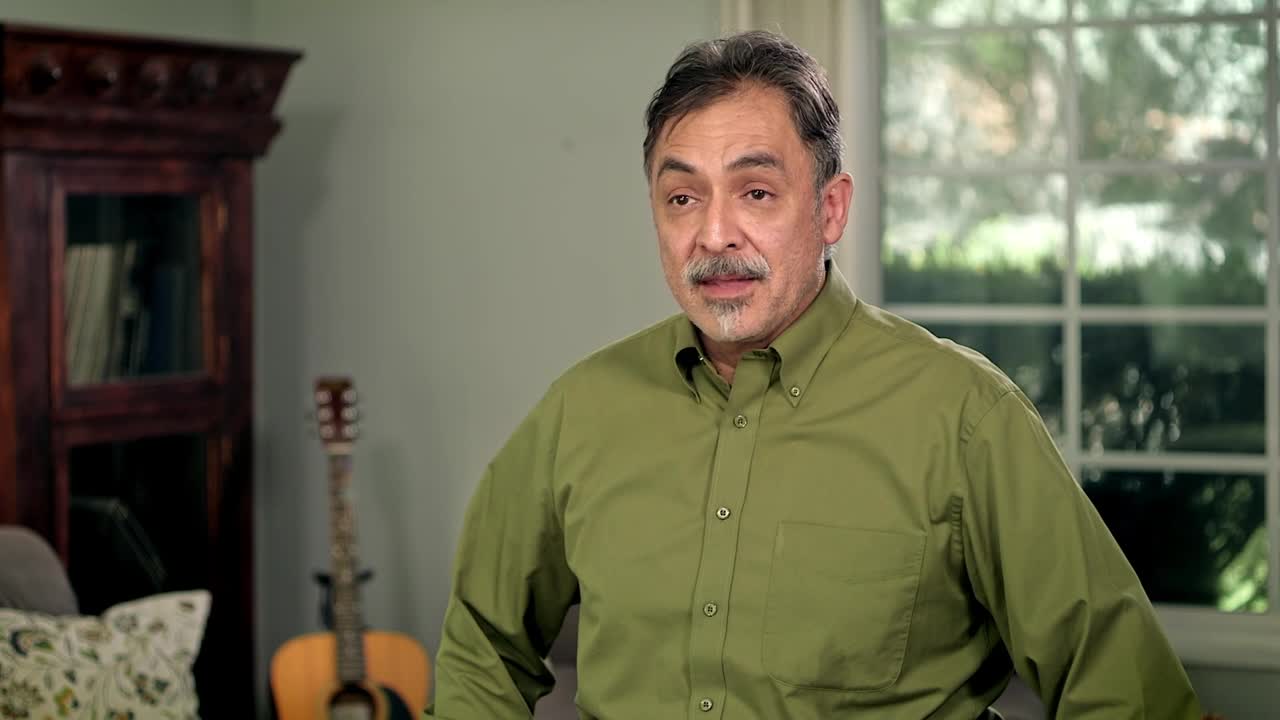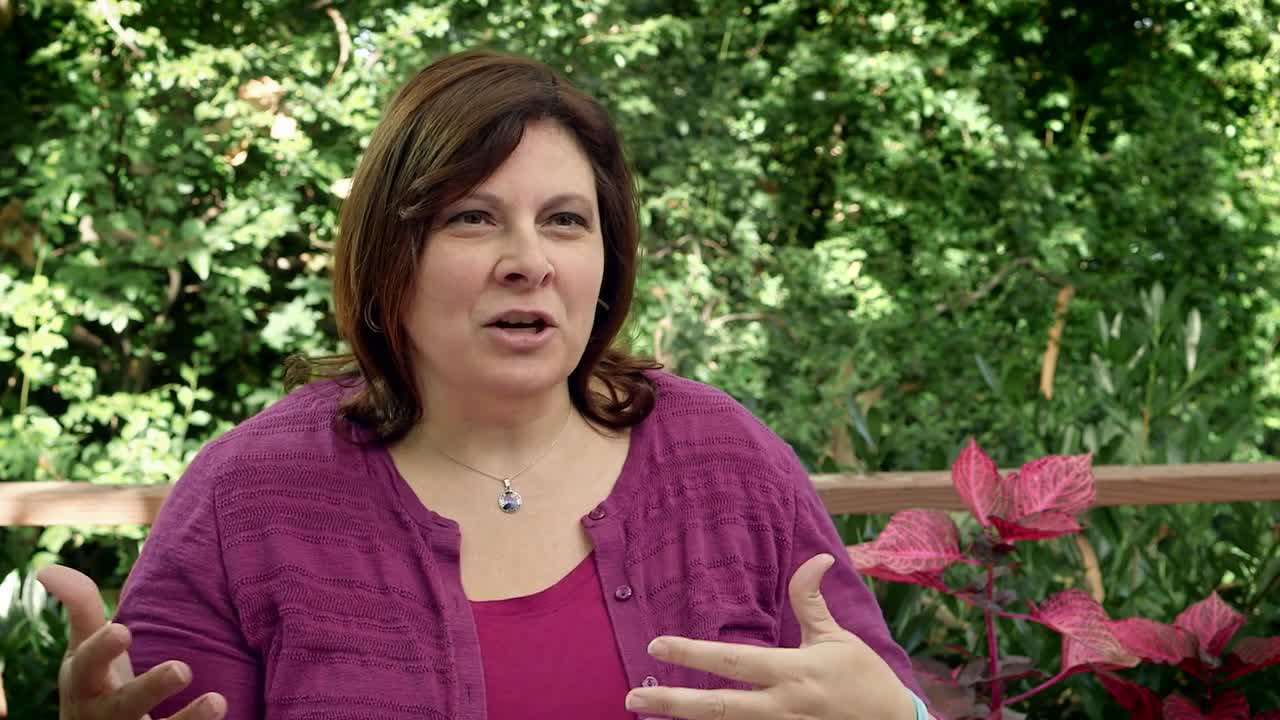Using DNA test results to make genealogy discoveries
Have you taken a DNA test but aren't sure what to do with your results? You can use your DNA data in many ways, depending on what you want to learn and accomplish. Here are some suggested options.

Step 1. Create or share your family tree.
You will have a better experience discovering your DNA and connecting with relatives if you share your family tree on the testing company's website.

Step 2. Identify how you want to use your DNA to learn more about your family.
(Or pursue one or more of the objectives below.)

Ancestral Homelands
Most DNA companies provide an estimate of your ethnic origins (also known as your admixture). These origins are based on the comparison of your DNA to reference samples collected by each DNA company from around the world. If you do not know the ethnicity of your parents or grandparents, use your results, along with other clues, to direct your research. Ethnicity can provide broad strokes in understanding your ancestors; however, the results should not be taken as fact.


Brick Walls
You can break through brick walls using DNA. To solve a brick wall, start by using traditional research to hypothesize a potential relationship. Then locate multiple living descendants of your ancestor and living descendants of the family you think you are related to, and compare your results to any results from their DNA tests. If a high enough percentage of the descendants share the predicted amount of DNA, you can come to a conclusion regarding that relationship.


Cousin Matches or DNA Relatives
Some DNA companies provide a list of matches or people who share matching DNA segments. You and each of your matches probably have a common ancestor or an ancestral couple from whom you both descend. For each match, compare trees, names, and localities, and then search for the most recent common ancestor.


Chromosome Mapping
Chromosome mapping is a technique used to determine DNA segments of an ancestor by examining segments shared with another descendant. Once you isolate DNA of a specific ancestor, you can use it to determine which of your cousin matches also has that ancestor in common.
Adoptions
Adoptees and others with unknown parentage can use DNA to find and connect with biological families. The amount of DNA you share determines how you might be related and who on their tree might be your common ancestor. Starting with your close matches, explore trees, and identify common ancestors that appear in more than one ancestry. Then search for those ancestors' descendants to find potential biological relatives.
Which DNA test options are available?
You have many options in choosing a DNA testing company. Each company offers a different experience and focus.
FAQs and Terminology
Learn more about unfamiliar terminology, and get answers to common questions.
